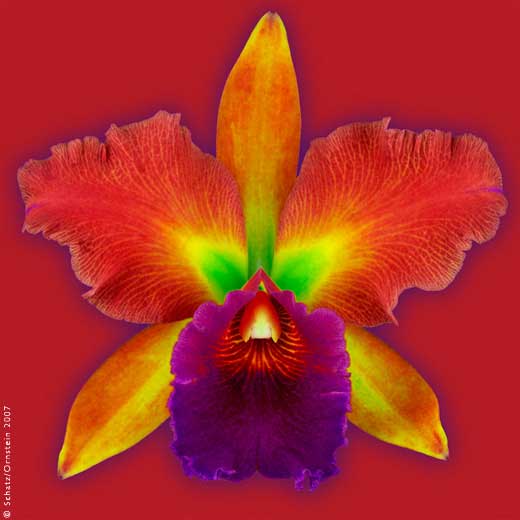Algeria occupied largely by rocks and sand, it amazes with its vitality and its extraordinary energy.
Algeria, the largest state in Africa, occupied largely by rocks and sand, amazes with its vitality and its extraordinary energy.
In fact, the Sahara, the largest desert on Earth, is alive and constantly changing: landscapes vary, the fascination of the force of nature that lives even in such hostile territories enchants, the energy that nature and people transmit is powerful.

We will discover it in the Tassili n'Ajjer National Park ("Plateau of the Tuareg Kel Ajjer") which covers the greater part of the harmonious mountain range, lying in the Algerian Sahara for about 500 km.
Inside there are numerous archaeological sites from the prehistoric era, witnesses of a past lived by numerous nomadic or semi-nomadic populations, when the desert did not exist yet.
There are therefore engravings and cave paintings of considerable importance, thanks to which the Park was included in the list of UNESCO World Heritage Sites and is considered by anyone who visited it a splendid Open Air Museum. "Museum" but also a precious nature reserve with a particular vegetation that alternates with red, pink, black, yellow dunes, lively oases and rocks of unusual shapes, unforgettable views.
And the night sky shines with stars with all its strength, after the sun salutes the desert with its fiery red spectacle.
Algeria was already famous since the 70s thanks to the African rally Paris - Dakar and the beauty of its desert, but until recent years the interest of travelers was mainly focused on the Libyan desert.
The area of the Algerian Tadrart is geographically the same as the Libyan Akakus, so that in some texts the word Tadrart-Akakus is found to name that geographical area divided by the political frontier between the two countries.
Despite their proximity and the similarity of the two areas, the Tadrart is the Akakus raised to the nth degree: the colors of the sand make it a kaleidoscope hardly visible elsewhere; dozens and dozens of rock art sites make it a prehistoric open-air museum with perfectly preserved engravings and paintings; the landscapes change like in a gallery of paintings ... you never get bored!
Although in the common imagination the desert is composed of dunes and palm trees, in reality the mixed one is certainly more fascinating, letting the fantasy play hide and seek among the peaks of eroded rock and sand dunes.






Comments
Post a Comment